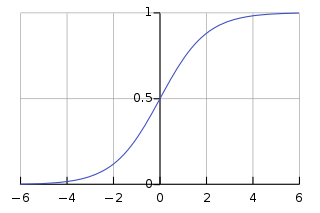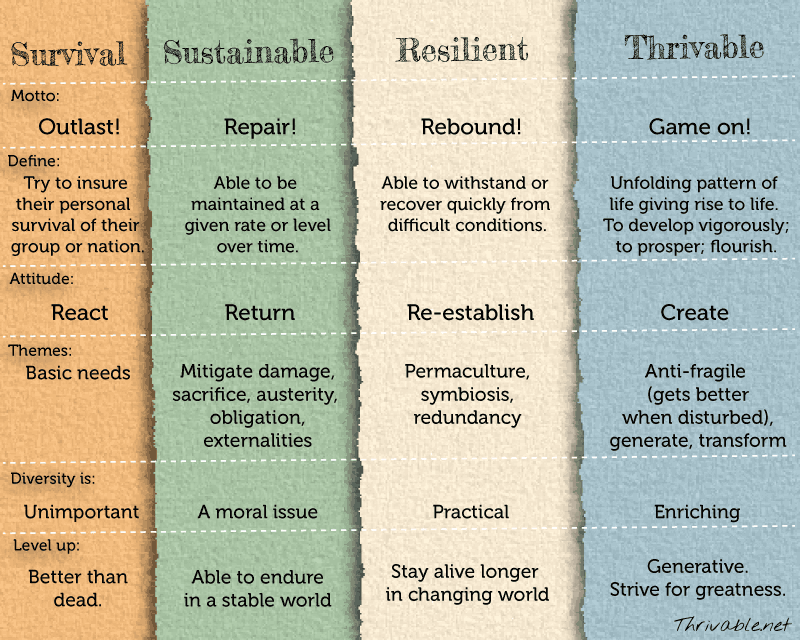Curating the Conditions for a More Thrivable World
Slides and notes from a talk for the ISSS57 conference.
I am so excited about this conference. I am very English language sensitive, so getting just the right words is important to me. Words matter. They tell a story of possibility. And these words speak deeply to me. So let me explain…no, let me sum up…
In 1998, I curated an exhibition call Text and Territory: Navigating through Immigration and Dislocation. Curating art is all about caring for it, putting pieces together to tell a larger story, and caring for all the people connected to the exhibition.
In 2010, I curated a book- Thrivability: A Collaborative Sketch, gathering writing from over 65 people and pairing it with artwork to begin to explore what thrivability is. They didn’t all agree what it meant, and they didn’t need to. Curating the work was about pulling all the different voices together to make sense. To offer a first sketch of what thrivability might mean. Curating isn’t control. It isn’t about the author/creator/writer. With the Thrivability Sketch, the very first piece someone contributed surprised me, and I knew then that the collective work would be better than what I could do alone.
—
A good friend of mine, Steve, is a scientist and inventor. I would bet you have some tech you use that he was involved in creating. Something of a typical physicist, he wears one of those shirts that say “Over 1000 scientists named Steve agree…” We have spoken at length about creativity over the years. We keep coming back to ask, “what are the conditions that give rise to creativity?” While we can’t control creativity – or generativity – we can, like good gardeners, give all the ingredients to support creativity arising.
Curating the conditions is about creating the nutrient base for what you want to emerge. It is about nurturing the substrate for things to evolve from.
—
Last year at a brunch I hosted, we got in a debate about sustainability, resilience, and thrivability. So we made this chart to help people understand how we see the difference. Thrivability’s motto is “Game on!” It is about metastable states, live giving rise to more life, and anti-fragility. It is about striving for greatness. Play. Aliveness. Joy.
Thrivability doesn’t replace resilience or sustainability. It transcends them. Life strives to thrive, in whole or in part.
—
You could say I have had a passionate obsession with efficacy since I was a kid. It is a long story. Including a long tango with social change and philanthropy. And at the end of it what I found tied to efficacy were levers for transformation. What can I do to make a difference in curating the conditions for a more thrivable planet? My answer may differ than yours of course. My answer comes from Donella Meadows work on Places to Intervene in a System. I want to shift people to think about better goals, change the paradigm, and even give people more power to transcend paradigms. 1, 2, 3.
—
My strategy in curating the conditions for a thrivable world is planting the seeds of thrivability across the world. Planting the idea in people who are ripe for some story of greatness and possibility. People who are working hard to expand the possibility space. And to offer a story to people that includes joy, delight, and awe. Because awe and joy expand the mind and increase the possibility of creativity and connection.
—
Ouishare started as a small social media group focused on collaborative economy. They started to have local gatherings in Paris. They connected with like-minded groups in other cities.
Ouishare organized around values of open, sharing, and empathy. They scaled in 2 short years from small group to global collective. They produced a list of shared values: Openness, Transparency, Independence, Impact, Meet People in Real Life, Action, Permanent beta, Feedback, Inclusion, Play. All values that help curate the conditions for thriving.
They came together to host an event: Ouisharefest. I heard about it and promoted it to my network. I got feedback that there weren’t enough women and minorities speaking from a friend who believe the collaborative economy is based in the emergence of the divine feminine. When I brought that back to the Ouisharefest team, they invited me to help with programming.
—
Part of the curation was about clear process. They used RACI (responsible, accountable, consulted, informed) for clear accountability and relationships. Ouisharefest came together with a scrappy startup vibe, using the very practices of the sharing economy that they promoted. They created a space for interaction to occur, and invited inspirational speakers to attract attendance. When someone like me offered feedback, they invited that person to take leadership on that activity. Pretty soon it wasn’t just a conference, they had an open space time slot, a hack day, and evening festivities, all organically grown from the invitation and shared values.
They used collaborative software to make it visible who was doing what, what decisions were being made, and even enabled voting up of ideas. They aimed at as much transparency as possible while being reasonable about what information people wanted access to.
—
Yes and culture – build on others, offer appreciation, look for assets and resources instead of deficits or needs.
Attractor Force – had the technology savvy and marketing gloss to pull in speakers, sponsors, and participants. Plus the connections and operational skills to deliver.
Success: The conference was a success. Another conference came quickly in Spain a month later.
More energy made them more visible which attracted more people who felt they had something to offer aligned with that vibe and felt empowered to act on it grew more visibility and activity all self-managing.
Indicators:
when an outcome from the event is listed as answers to the question “how can the government harness its potential to be a sharing platform?” you know that they were not playing blame games and instead were focused on what assets we have and how to build forward.
—
Curating conditions: values and process. The values attract the energy and the clear process gives the energy a path to follow.
They grew up from an emerging space – the Sharing Economy. They increased the network connectivity before and during the event. Ouisharefest increased the visibility of the sharing economy and bolstered those within the field. Ouisharefest grew and strengthened the field of sharing economy, which in turns should increase the likelihood of their success in upcoming events.
—
Most of the projects that I see where people are striving to curate the conditions for thriving need to work on 3 improvements:
Clear process. What are the simple principles that form the paths for emergence to happen? Structurelessness is dangerous. Rules are too bureaucratic.
Playfulness. Thrivability emerges from play. Expand the possibility space. Find ways to reduce the pressure and seriousness in the system. Chunk it down to lighter parts where play can happen.
Layer up and down – create the conditions for those upstream and downstream of you to thrive.
—
Wishing you the best in curating the conditions for a more thrivable planet.
Thank you






